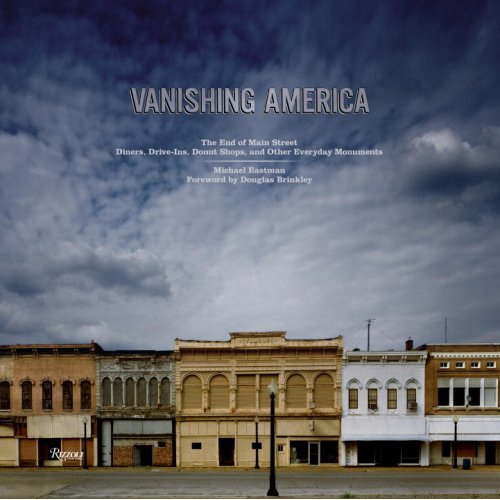Standing between us and any conceivable solution to our energy nightmare are our cars and the asphalt latticed country we have built to oblige them. Those cars have defined our culture and our lives. A car is speed and sex and power and emancipation. It makes its driver a self-sufficient nation of one. It is everything a city is not. (David Owen, author of Green Metropolis: Why Living Smaller, Living Closer, and Driving Less are the Keys to Sustainability )
– schools
– the community center
– the library
– daycares and after school daycares
– transit (bus/access to sky train)
– parks and sports centers/facilities
– a grocery store
– local restaurants
– cafes
– small, specialty food stores and related services
Shopping, cafes and related facilities and amenities are a central part of life. Wouldn’t it be nice to have more than a strip mall a five minute or more drive from your place? Wouldn’t it be nice to be able to walk to a high street where you can stop by a butcher, baker or candle stick … seller?
The most famous high streets in Vancouver are now situated in neighbourhoods where the average home is over $1 million dollars. Unless you plan to max yourself out with a mortgage and have one or two renters – AKA mortgage helpers – you probably aren’t considering this option. This means you can kiss goodbye to your aspirations to live near high streets such as Broadway, Main Street (another name for a high street, ironically), 10th avenue, Dunbar, 4th avenue, Yaletown/North False Creek, Granville Market and Marine Drive in West Vancouver (which hasn’t been affordable as a housing option for some time). Naturally you can still lay claim to living in one of these areas if you plan to live in a condo (apartment) or if your family can fit into a relatively small townhouse.
So where does this leave the average Vancouverite seeking an affordable three or more bedroom home and a good quality of life? If you’re pretty inventive, and don’t mind a bit of a redo, you could find an older duplex, or an older or “fixer upper” house in the Lonsdale area (near Lonsdale Avenue) or near Edgemont Village in North Vancouver. Other areas in North Vancouver that provide access to high streets include the Pemberton area and Deep Cove. Similar neighbourhoods exist in New Westminster, although there is talk of a higher crime rate if you live closer to the main street. If you don’t mind the commute, the prices of homes are also coming down in White Rock where you can walk to different centres, depending on your location. While some people warn that the whole area will liquefy in an earthquake, you can find various types of homes within walking distance of the charming Steveston Village in Richmond. Commercial Drive and Victoria Drive are famous high streets situated in a community of assorted housing options, including co-op housing. Unfortunately school programme options in this area are less varied. If schools are not a concern, Commercial Drive and Victoria Drive are good options. All of these locations feature high streets with small, one-off stores and establishments that are accessed by outside entrances – alternatives to strip malls or major shopping centre.
If you are looking for a home these days and seek these options, you could find your realter, family and friends looking at you as if you are expecting a lot. During the course of conversations your expectations and aspirations will be dismantled as you are told to expect much less. You will be advised that you will need to settle in an area where driving is a requirement and isolation is a necessary quality of life. Twenty years ago urban planners visited the Alcan Architecture series talks at Robson Square and spoke about the need to develop communities where, for example, residents could access core community areas by foot without crossing highways. We have had plenty of time to understand these urban planning concepts and put them into effect. The question is, how successful have we been? Start looking for a relatively affordable home in a community that has a “heart” and you will quickly discover the answer to this question.
Do you live in a community outside of the downtown core and the west side that features a high street that is accessible by foot? Leave us a comment. We’d love to hear your ideas.
Related:
Green Manhattan: Everywhere should be more like New York
Green Metropolis: Why Living Smaller, Living Closer, and Driving Less are the Keys to Sustainability
David Owen talks about living smaller, closer and driving less. (Full talk is available at the Sky Scraper Museum website)

